Supplement your Grade 10 history lessons with these Canadian World War II classroom resources. From videos that explore the origins of World War II, to virtual exhibits with artifacts from some of our lost soldiers, this content is sure to enrich your history lessons. We have also included several resources highlighting the contributions and adversity faced by various diverse communities allowing you to provide your students with a more comprehensive account of World War II in Canada. Afterwards, challenge your history students to a World War II Kahoot! to reinforce the key facts learned!
From videos that explore the origins of World War II, to virtual exhibits with artifacts from some of our lost soldiers, this content is sure to enrich your history lessons.
World War II: A History
The Second World War was a global conflict that lasted from 1939 to 1945. Angered by the 1919 Treaty of Versailles, which ended the First World War, Germany rejected the tenets of the treaty and began a military buildup, seizing lost territory in Europe. In September 1939, Germany’s armed forces, under Adolf Hitler and the Nazi government, invaded Poland, leaving Europe once again entangled in armed conflict, just as it had been in the years 1914 to 1918.
Canada’s Role in World War II
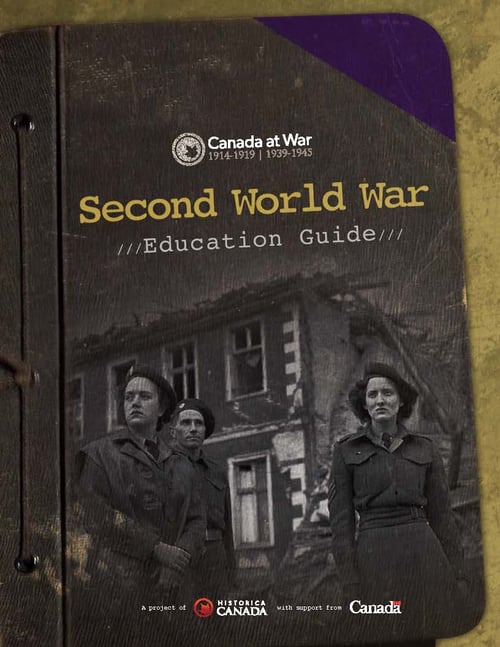 Canada's participation in the Second World War was a massive effort involving millions of Canadians from coast to coast. During the war more than one million men and women served in the military, with millions more contributing on the home front in coastal defense, training and other roles. The cost of Canada's efforts was high; nearly 47,000 Canadians died and roughly 55,000 were seriously wounded between 1939 and 1945. This education guide provides a timeline of significant Canadian events and contributions throughout the war. If you wish to further impress upon your students the role of a Canadian soldier, ask them to participate in the Duty, Valour, Sacrifice online simulation game.
Canada's participation in the Second World War was a massive effort involving millions of Canadians from coast to coast. During the war more than one million men and women served in the military, with millions more contributing on the home front in coastal defense, training and other roles. The cost of Canada's efforts was high; nearly 47,000 Canadians died and roughly 55,000 were seriously wounded between 1939 and 1945. This education guide provides a timeline of significant Canadian events and contributions throughout the war. If you wish to further impress upon your students the role of a Canadian soldier, ask them to participate in the Duty, Valour, Sacrifice online simulation game.
Activity Idea: Have your students explore real life objects and documents from the war by reserving a Second World War Discovery Box, from our partners at the Canadian War Museum. The box will encourage students to further analyze the impact of war on Canadian citizens as well as provide a tangible element to your lesson plans!
D-Day
Watch this Heritage Minute depicting D-Day, one of Canada’s most notable contributions to World War II. On June 6th, 1944, Allied forces invaded Western Europe along an 80-kilometre front in Normandy, France. Of the nearly 150,000 Allied troops who landed in the invasion area, 14,000 were Canadians. They assaulted a beachfront code-named “Juno”. Although the Canadian troops encountered German defenses, the invasion was a success, ultimately contributing to the end of the war. The Canadian-run Juno Beach Centre currently has several virtual exhibits where students can explore various artifacts and testimonies from veterans who participated in the liberation of Normandy. Students can also use this web-based game to simulate preparations for D-Day upon Winston Churchill’s urgent request.
Contributions from Diverse Communities
Much of Canada’s World War II history focusses on the contributions of Canadian soldiers (most often Caucasian males) at the front lines, often omitting the actions of diverse groups. Use these resources below to provide a more inclusive history lesson for your students.
Indigenous Peoples - Indigenous people from every region of Canada served in the armed forces, fighting in every major battle of the conflict. At least 3,000 First Nations members enlisted as well as an unknown number of Inuit, Métis, and other Indigenous peoples. Encourage your students to read through the many outstanding accomplishments put forth by Indigenous Peoples here. We also recommend listening to Episode 3 of the Record of Service podcast discussing Frank Tomkins’, a member of the Metis community, involvement in the war or reading further about Tommy Prince, Canada’s most decorated Indigenous war hero.
Black Peoples - The Second World War saw considerable growth in how Black Canadians served in the military. While, unlike the First World War, no segregated battalions were created, Black recruits still often encountered resistance when trying to enlist in the army. Read through the story of Allan Bundy or Leonard Braithwaite and discuss the adversity they each had to overcome in order to serve overseas.
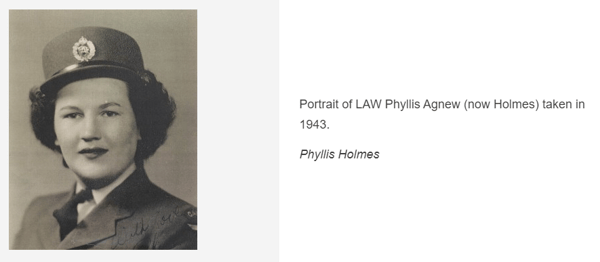 Women – Within months of Canada going to war, dozens of unofficial women’s corps, with thousands of members, were organized across the country. Women volunteers enrolled in military-related courses like Morse code signaling and map reading, however, it wasn’t until 1941 that the government authorized the formation of the Canadian Women’s Army Corps (CWAC), only allowing women to enlist in support roles for the armed forces. To learn more, visit the Canadian Women’s Army Corps exhibit at the Canadian War Museum or listen to some of the many female veterans’ stories at the Memory Project.
Women – Within months of Canada going to war, dozens of unofficial women’s corps, with thousands of members, were organized across the country. Women volunteers enrolled in military-related courses like Morse code signaling and map reading, however, it wasn’t until 1941 that the government authorized the formation of the Canadian Women’s Army Corps (CWAC), only allowing women to enlist in support roles for the armed forces. To learn more, visit the Canadian Women’s Army Corps exhibit at the Canadian War Museum or listen to some of the many female veterans’ stories at the Memory Project.
To learn more, have your students listen to stories from Veterans Affairs Canada or the Memory Project, where groups can book a speaker to visit their classroom virtually! Students can also use the search function at the Library and Archives of Canada to search for information on past family members that may have served during the war.
The Home Front
WWII is often referred to as a “total war,” meaning that all parts of society were organized to help defeat opposing forces. While over a million Canadian men and women served in the military, many civilians worked and volunteered in many different jobs and sectors on the Canadian home front. In virtually all aspects of the economy, 1,200,000 women filled jobs that were normally reserved for men. Have your students watch this short documentary from 1940 highlighting the various WWII-era social contributions of women. Students can then read about some of the major contributions made on the home front by women here.
Activity Idea: Propaganda was often used to increase support for the war and commitment to an Allied victory. Examining the video Home Front above, follow this lesson plan having students analyze propaganda and reflect on the way gender roles have been constructed in Canadian society, particularly during times of war. Alternatively, use this similar lesson plan to examine propaganda’s impact on the war efforts using Ronnie the Gun Girl (Canada’s version of Rosie the Riveter) introduced in the above resource.
Japanese Internment Camps
Not only did Black and Indigenous Canadians face racial adversity during WWII, but the Japanese community did as well. After the surprise attack on Pearl Harbor by Japanese forces in December 1941, many Canadians feared an attack on the West Coast. As a result, anti-Japanese racism, persistent for years, grew to a fever pitch. In 1942, the government of Prime Minister William Lyon Mackenzie King forcibly relocated approximately 22,000 Japanese Canadians to the interior of British Columbia where men worked in camps, and families lived in very basic conditions. In 1944, the government ordered Japanese Canadians to settle east of the Rocky Mountains, or to leave Canada altogether by returning to Japan. Encourage students to listen to this incredibly interesting story of Kaye Kaminish, the last surviving member of the Vancouver Asahi, a Japanese Canadian baseball club that was disbanded due to the racism directed at Japanese Canadians. In later years, Prime Minister Brian Mulroney acknowledged the treatment Japanese Canadians had suffered and issued an apology which can be seen here.
Activity Idea: Encourage students to learn more about the Japanese internment camps within Canada by reading through this Canadian Encyclopedia article. Following this, have your students create a bio-poem following this guide reflecting the historical perspective of one of the people in the included documentary/memoir.
The Holocaust
Under conditions of war and military occupation, Hitler and Nazi Germany were able to pursue racial goals with more radical measures, ordering the mass murders and systematic persecution of 6 million Jews. Other marginalized groups were also persecuted during this period: people with disabilities, homosexuals, Slavic people, political opponents, and Jehovah’s Witnesses. Our partner, The Montreal Holocaust Museum provides an in-depth history of the Holocaust incorporating maps and timelines as well as video testimony from survivors.
Activity Idea (cost associated): Have your class participate in one of the virtual educational programs offered at the Montreal Holocaust Museum. Students will receive the opportunity to explore the history of the Holocaust through the showcasing of key artefacts at the museum, one-on-one survivor testimonies, or educational workshops closely linking stories of individuals who survived the Holocaust in hiding. Students will discover what life was like under Nazi occupation and reflect on the difficult choices individuals had to make.
Brightspark: World War II Kahoot!
After watching the above videos, challenge your class to a Kahoot! game to reinforce the key facts of Canada’s contribution to WWII.
- Go to Kahoot.com
- Click "login" or "create account" on the top right
- Once logged in, go to the discover tab next to the home button
- In the search field, enter “Brightspark: World War II”
- Click the “Brightspark: World War II” Kahoot
- Hit “play” and select either Teach (live game where everyone plays at the same time) or Assign (students play at their own pace with a deadline attached to it)
- Send the link and pin to your students (students do not need an account to play)
If you are interested in learning more about World War II or visiting the Montreal Holocaust Museum in person, consider taking your class on a trip to Montreal to provide students with a more immersive experience.
![Canadian World War II [Classroom Resources] featured image](https://www.brightsparktravel.ca/hubfs/BSCA/Blog/Veterans%20voices.png)
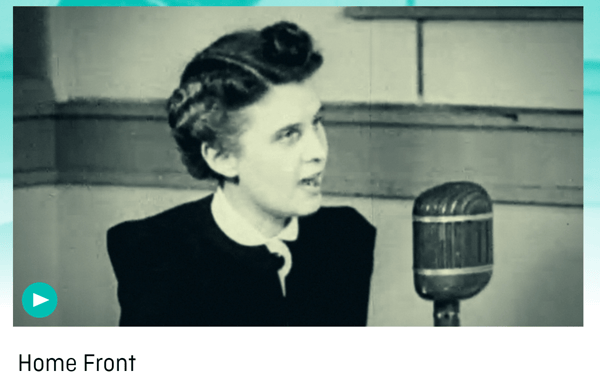
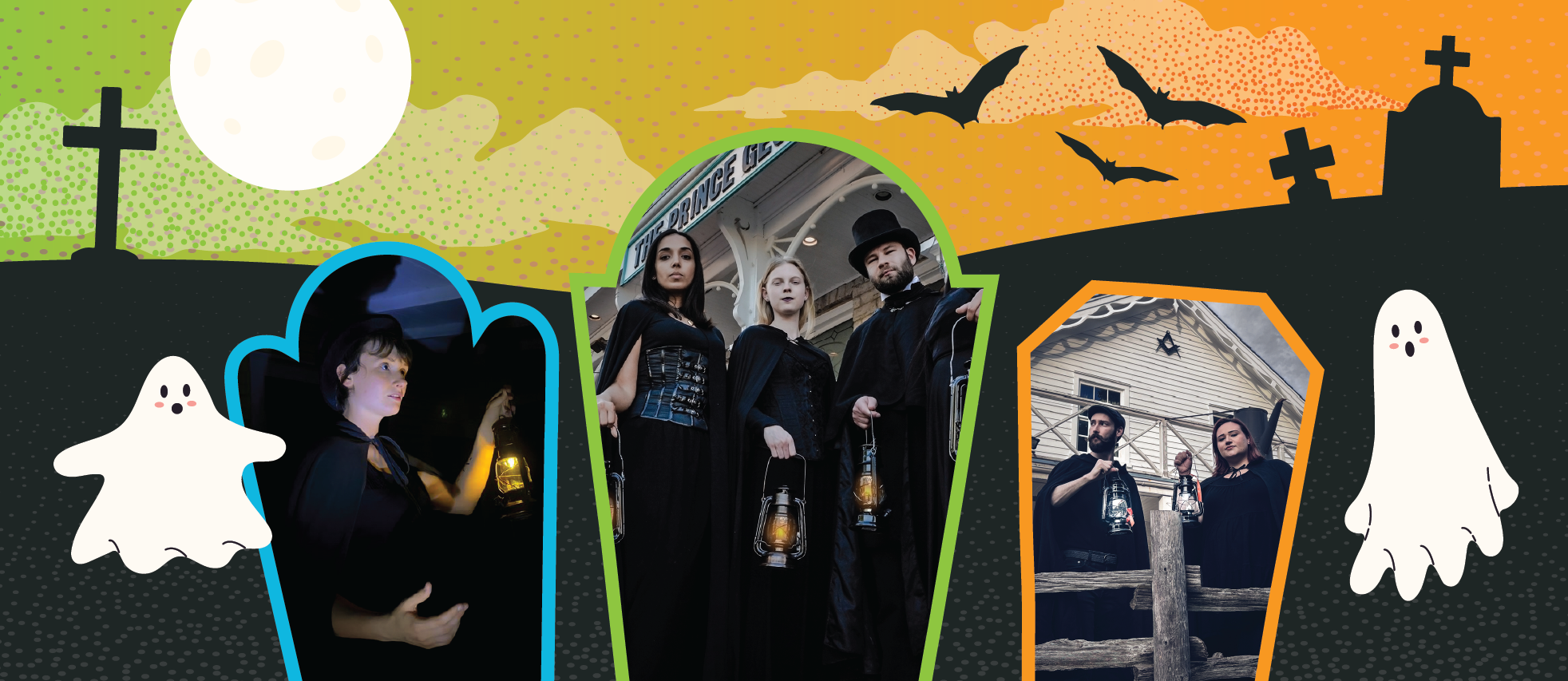
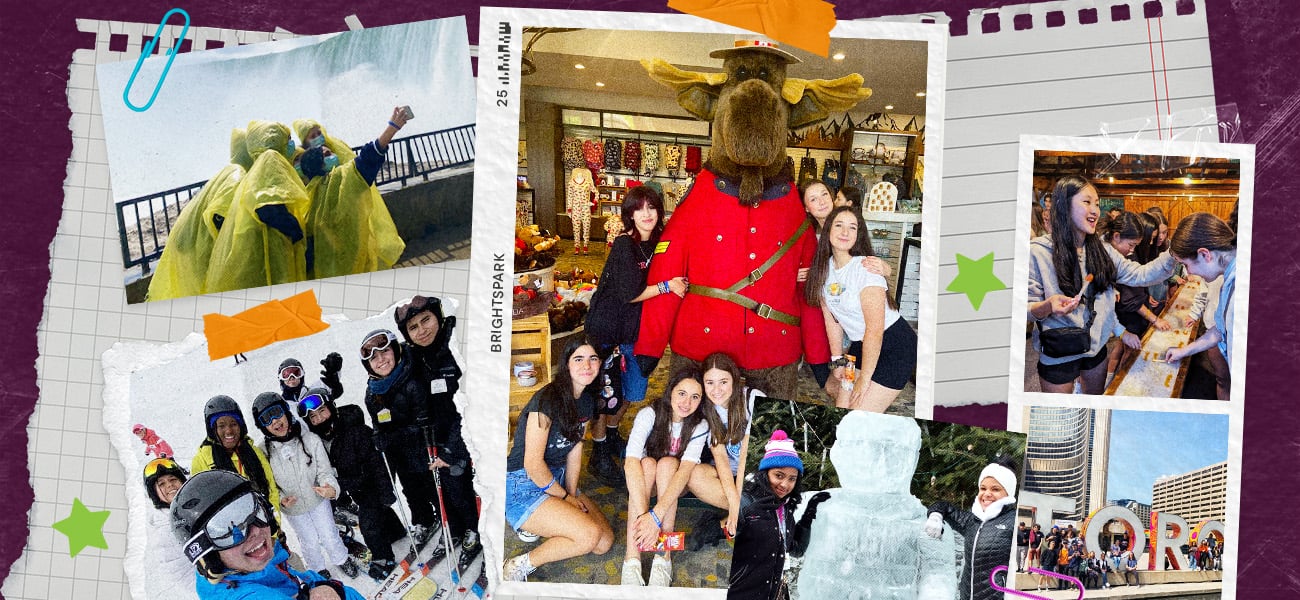
![Hunt for Ghosts Across Canada [Classroom Resources]](https://www.brightsparktravel.ca/hubfs/BSCA-2022-Halloween-hero-BLOG.jpg)

![What Even is Hallowe’en? 🎃 [Classroom Resources]](https://www.brightsparktravel.ca/hubfs/halloween.jpeg)
